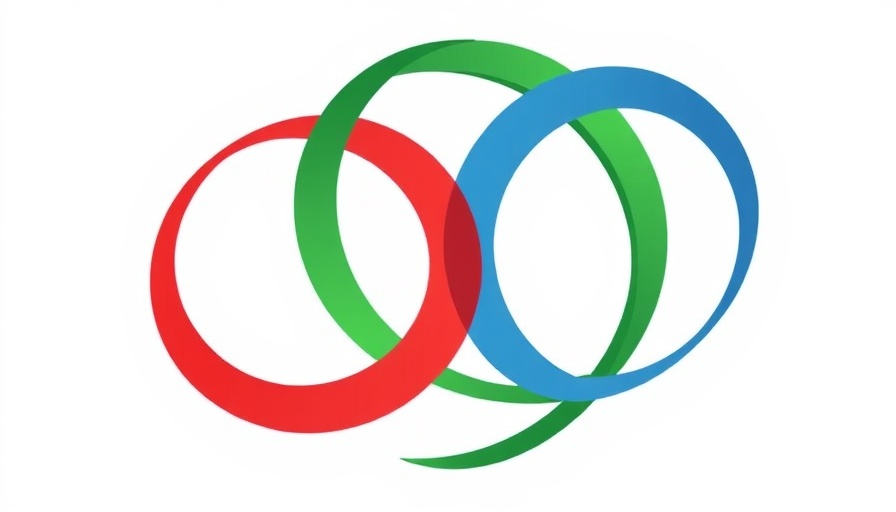
Khartoum’s Path to Recovery
After a near two-year civil conflict, Khartoum, the capital of Sudan, is slowly inching toward recovery following its recapture by the Sudan Armed Forces (SAF) from the Rapid Support Forces (RSF). The key moment came on March 26, 2025, when SAF managed to regain control of Khartoum, a significant turning point that has sparked hopes for a return to normalcy in daily life.
As of April 4, residents can now cross the Omdurman Bridge into Khartoum, marking the first time this critical artery has been accessible since the outbreak of war on April 15, 2023. This renewed access is a symbol of resilience, yet the recovery process remains daunting. The government is launching emergency measures to restore vital services, addressing crucial issues such as water, electricity, and healthcare.
The Human Cost of Conflict
However, the path to normality is shadowed by the human toll of the conflict. Allegations of war crimes committed by RSF militants during their retreat illustrate the violence that has marred this era. Local authorities reported that at least 89 civilians were killed in attacks on March 27 in villages north of Omdurman, presenting an alarming picture of the conflict’s brutality. These incidents highlight the ongoing risks faced by civilians even amidst military advances.
Challenges to Long-term Stability
The threat of resumed violence looms large, as evidenced by RSF Deputy Commander Abdel Rahim Hamdan Daglo's recent threats to expand military operations into northern states despite his faction's significant losses. This situation raises critical concerns about the durability of peace in the region. Analysts are closely monitoring these developments, as instability could have broader repercussions for Sudan’s economic recovery and governance.
International Implications and Observations
As Khartoum seeks to stabilize, the implications of the conflict extend beyond its borders, touching on Africa’s geopolitical landscape and international trade. With Sudan strategically located, the outcome of its internal battles could influence regional alliances and foreign relations, particularly concerning China, the European Union, and other major players invested in Africa’s vast resources. Investors and policymakers alike must consider these dynamics as they assess potential opportunities and risks in the emerging African market.
Policy Actions for Economic Growth
The Sudanese government’s approach to recovery—emphasizing immediate relief alongside long-term economic strategies—will be critical. There are calls for comprehensive policies to revitalize the economy, drawing attention to trade relations within the continent and beyond. The successful implementation of these measures could position Sudan as an important player in Africa’s economic landscape, setting precedents for governance and development in other conflict-affected regions.
In conclusion, the recovery of Khartoum following its liberation is a delicate endeavor laden with challenges. Its success hinges not only on military victories but also on establishing a stable and inclusive governance framework—essential for sustaining peace and rebuilding an economy fractured by war. As the region navigates these turbulent waters, both local and international stakeholders must be vigilant and proactive, recognizing the interconnections between governance, security, and economic resilience in Sudan and its role in the broader context of Africa’s growth.
 Add Row
Add Row  Add
Add 


 Add Row
Add Row  Add
Add 

Write A Comment